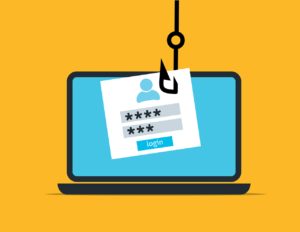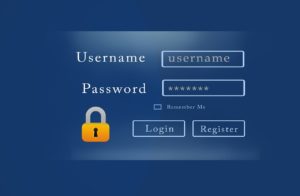Background
People are the weakest link, and your strongest defence, against cybercrime. Use them as your first line of defence. Make them aware and create a security culture within your organisation.
HOW?
Well, a 1-hour session every three months isn’t going to cut it.
I remember sitting through 1-hour presentations myself. Maybe I took in about 10 minutes of the whole. Training in IT Security isn’t very exciting if you don’t work in IT security, especially if you’re busy in your normal work environment. So keep it short, 10 minutes with the promise of a doughnut and coffee once a month is proven to be more effective at creating a security culture, short enough to be able take everything in, long enough to cover the topic adequately. And TIME it right. Targeting the Finance department just as they’re doing their month end is a terrible idea. It might be an idea to get a diary from each department so that you can deliver your campaign at a time when your audience is most receptive.
Creating a cybersecurity awareness campaign involves several steps:
-
- Define the target audience: Identify the group of people for whom the campaign is intended, such as employees, customers, or stakeholders.
- Identify the key messages: Determine the specific cybersecurity risks and behaviors that the campaign will address, such as phishing, password security, or social engineering.
- Choose the delivery method: Decide how the campaign will be delivered, such as email, posters, videos, or workshops.
- Create the materials: Develop the campaign materials, such as emails, posters, videos, or presentations. Make sure to use clear and simple language, and to include practical tips and resources to help people improve their cybersecurity habits.
- Schedule and execute: Plan the launch of the campaign and execute it. Make sure to include reminders and follow-ups to ensure that the message is received and understood.
- Evaluate the effectiveness: Measure the effectiveness of the campaign by surveying participants or monitoring changes in behavior. Use this information to improve future campaigns.
- Keep it going: Repeat the campaign periodically and update the materials as needed to address new threats or changes in the target audience.
Remember that the key to a successful cybersecurity awareness campaign is to make the information relevant and actionable for the target audience, and to make it easy for them to take in the necessary steps to protect themselves and the organization.




